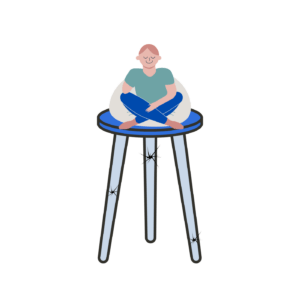The latest data on the Personal Consumption Expenditures (PCE) inflation for July has provided a slight but notable surprise to markets and policymakers alike. The headline PCE inflation came in at 2.5%, just below the expected 2.6%, while the core PCE inflation, which excludes volatile food and energy prices, was reported at 2.6%, also below the anticipated 2.7%. Both figures remained flat compared to June, signaling a possible stabilization in inflationary pressures.
This news could reignite the ongoing debate about the Federal Reserve’s next move. For months, the Fed has been walking a tightrope, trying to balance the need to curb inflation with the risk of stifling economic growth. The lower-than-expected inflation numbers will likely bolster the argument for a more dovish approach, possibly paving the way for a rate cut as soon as September.
While it’s premature to declare victory over inflation, the flatness in both headline and core PCE suggests that the Fed’s aggressive rate hikes over the past year might be bearing fruit. However, with economic growth still resilient and labor markets tight, the central bank may proceed cautiously. A September rate cut is not guaranteed, but if inflation continues to trend downward, the Fed could consider easing monetary policy to support the economy.
For now, the market may breathe a sigh of relief, but all eyes will remain on the Fed’s next move, as it will be a critical indicator of how the central bank perceives the current economic landscape.
Disclaimer: Nothing here should be considered an investment advice. All investment carry risks, including possible loss of principal and fluctuation in value. Finomenon Investments LLC cannot guarantee future financial results.






